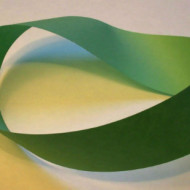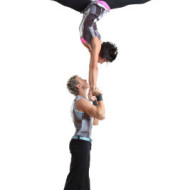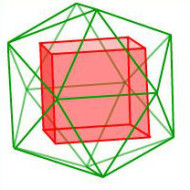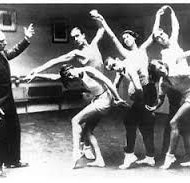
(The following passage is taken from my forthcoming introductory textbook on Laban Movement Analysis, Meaning in Motion: Introducing Laban Movement Analysis. The following excerpt is from the chapter on effort.)
First and foremost, human effort is volitional. “Man moves in order to satisfy a need,” Rudolf Laban asserts. The voluntary motions we make require energy. Not only can we be more or less energetic when we move, we can also change the quality of energy applied. We can alter at will how we move.… Read More









